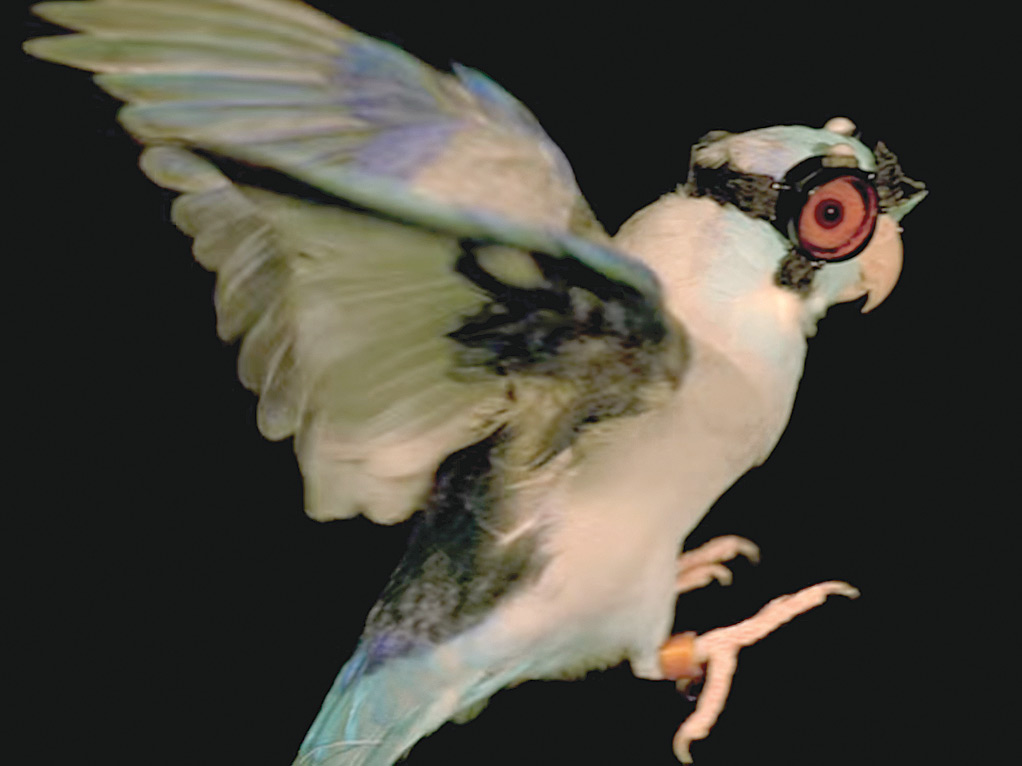

A tiny parrot named Obi has helped researchers from Stanford University uncover new insights in flight physics.
A group of Stanford scientists set out to test three popular models used to calculate lift in flight or the amount of force used by a winged animal to keep its body soaring. The team’s findings reveal that these popular methods are often inaccurate and inconsistent.
Experts rely on models, which interpret the airflow produced by winged animals, to understand how they support their weight when they fly.
To accurately measure the lift during flight, Stanford researcher Eric Gutierrez trained tiny Obi to wear tight, protective goggles and fly through a laser sheet from perch to perch.
Gutierrez and his colleagues infused the air with nontoxic aerosol particles that scatter at the slightest disruption, helping them track the vortices created when the parrot flaps its wings.
At least 12 cameras surrounded Obi’s 1-metre-long flight, effectively capturing its speed, wake flow and the path of the vortices.
Obi successfully moved through a laser sheet that illuminated the aerosol particles, with its wings disturbing the particles, which generated the vortices.
Past research has predicted that vortices would remain relatively frozen over time, but the new study, which created the clearest picture yet of the science behind it, showed otherwise.
In fact, the measurements reveal that the vortices eventually break up in the blink of an eye — at about 100 milliseconds.
David Lentink, senior author of the study and a mechanical engineer at Stanford, explained that in aircraft, vortex breakup often happens far away behind the vehicle. When it comes to bird flight, however, the phenomenon is different.
“[I]n birds, it can happen very close to the bird, within two or three wingbeats,” said Lentink. “It is much more violent.”
Details of the new study are published in the journal Bioinspiration and Biomimetics.
Oman Observer is now on the WhatsApp channel. Click here



